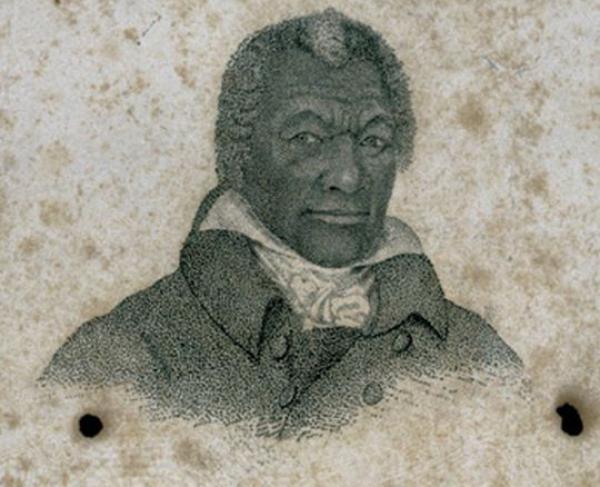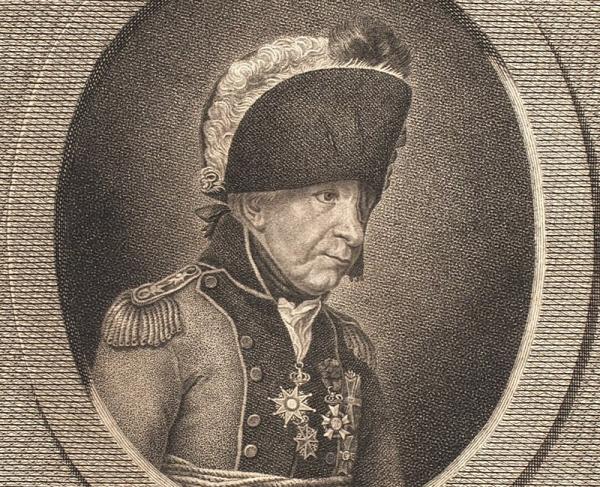James Armistead Lafayette

Born into slavery around 1760, James Armistead lived most of his life on a plantation in New Kent, Virginia. During the American Revolution, however, James received permission from his master, William Armistead, to enlist in the Marquis de Lafayette’s French Allied units. Here, the army dispatched Armistead as a spy, playing the role of a runaway slave to gain access to General Cornwallis’s headquarters. Because Armistead was a native Virginian with extensive knowledge of the terrain, the British received him without suspicion. As a result, Armistead accomplished what few spies could: direct access to the center of the British War Department.
After successfully infiltrating British intelligence, Armistead floated freely between the British and American camps. As a double agent, he relayed critical information to Lafayette and misleading intel to the enemy. Oblivious to his true intentions, the British assigned Armistead to work under the notorious turncoat, Benedict Arnold. By helping Arnold maneuver his troops through Virginia, Armistead gained significant insight into the Redcoats’ movements.
Several of Armistead’s finest acts occurred in 1781, during a critical moment in the Revolution—the Battle of Yorktown. The spy informed Lafayette and Washington about approaching British reinforcements, which allowed the generals to devise a blockade impeding enemy advancements. This success resulted in the final major victory for the colonists when Lord Cornwallis surrendered on October 17, 1781.
Though Americans celebrated freedom throughout the United States at the end of the war, James Armistead returned to life as a slave. His status as a spy meant that he did not benefit from the Act of 1783, which emancipated any slave-soldiers that fought for the Revolution.
As a result, Armistead began the process of petitioning Congress to fight for his freedom. After several years without success, Armistead received help from an old comrade in arms, the Marquis de Lafayette. Upon learning that Armistead remained enslaved, Lafayette wrote a letter to Congress on his behalf. Armistead received his manumission in 1787.
Living off his annual pension fee, Armistead moved to his own 40-acre farm in Virginia, where he married, raised a family, and lived out the rest of his life as a freeman. Armistead added Lafayette to his name as a token of gratitude and a testament to the bond the former slave and French general shared.
The two crossed paths again during Lafayette’s grand tour of the United States in 1824, where the general picked James out of a crowd and cordially embraced him. James Armistead Lafayette died in 1832.
Related Battles
389
8,589


